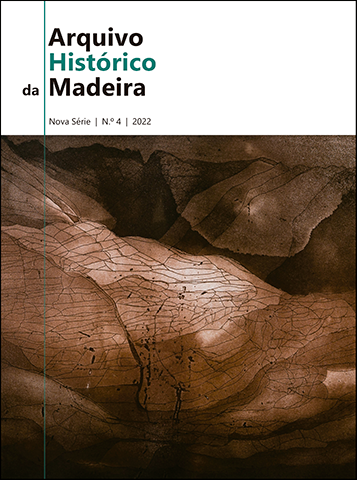Examples for the History of Orthography in Funchal: From Linguistic Landscape to Linguistic Patrimony with Toponymy
Abstract
In a community, such as a city, there is linguistic patrimony of a more or less distant past visible in the present, in the middle of the public space. In consecutive generations, ancestors left written records that are reflections of the spelling changes that occurred over time, due, mainly, to political options that altered the spelling. Consequently, different (ortho)spellings coexist in a territory because marks from earlier times remain. Some are more visible than others. Some are found indoors, while many are located outdoors as elements of the Linguistic Landscape. All are heritage assets, although some are less valued. Because they contain verbal language, they are a component of Linguistic Patrimony. It is intended to observe the case of Funchal, in a nonlinear route through the city. The data is registered strolling through the streets and paying attention to the details of Funchal landscape, whether non-linguistic, linguistic or mixed and symbolic. The information is collected, in particular, in toponymic plates indicating arteries, and also in trademarks with advertising and painted logos, as well as various elements, including traffic signs, which reveal orthographic particularities. All linguistic elements are informative and associated with indications of Linguistic Patrimony scattered throughout the various urban spaces. Looking closely, the elements of the landscape offer linguistic matter of study. In this wide set of heritage manifestations that arise in the urban landscape, it is intended to highlight the History of Spelling, through some examples, with decades and centuries, collected with photographs in Funchal, between 2019 and 2022. The observation of this samples constitutes, in itself, a corpus. From it, a description of some topics related to writing, more precisely the orthographic representation, is done. The landscape details are identified as traces of a direct and indirect Linguistic Patrimony, which is inherited, but that the community changes, reconstructs and also constitutes, to bequeath it to future generations, maintaining incongruities and unlikely combinations. Yesterday’s city writings are renewed today and perpetuated tomorrow. This is the case with Funchal in the landscape and linguistic patrimony, particularly in toponymy.
Keywords: History of Spelling; Linguistic Landscape; Funchal; Toponymy; Linguistic Patrimony.
Downloads
Published
Issue
Section
License
Copyright (c) 2022 Arquivo Histórico da Madeira, Nova Série

This work is licensed under a Creative Commons Attribution-NonCommercial-NoDerivatives 4.0 International License.



